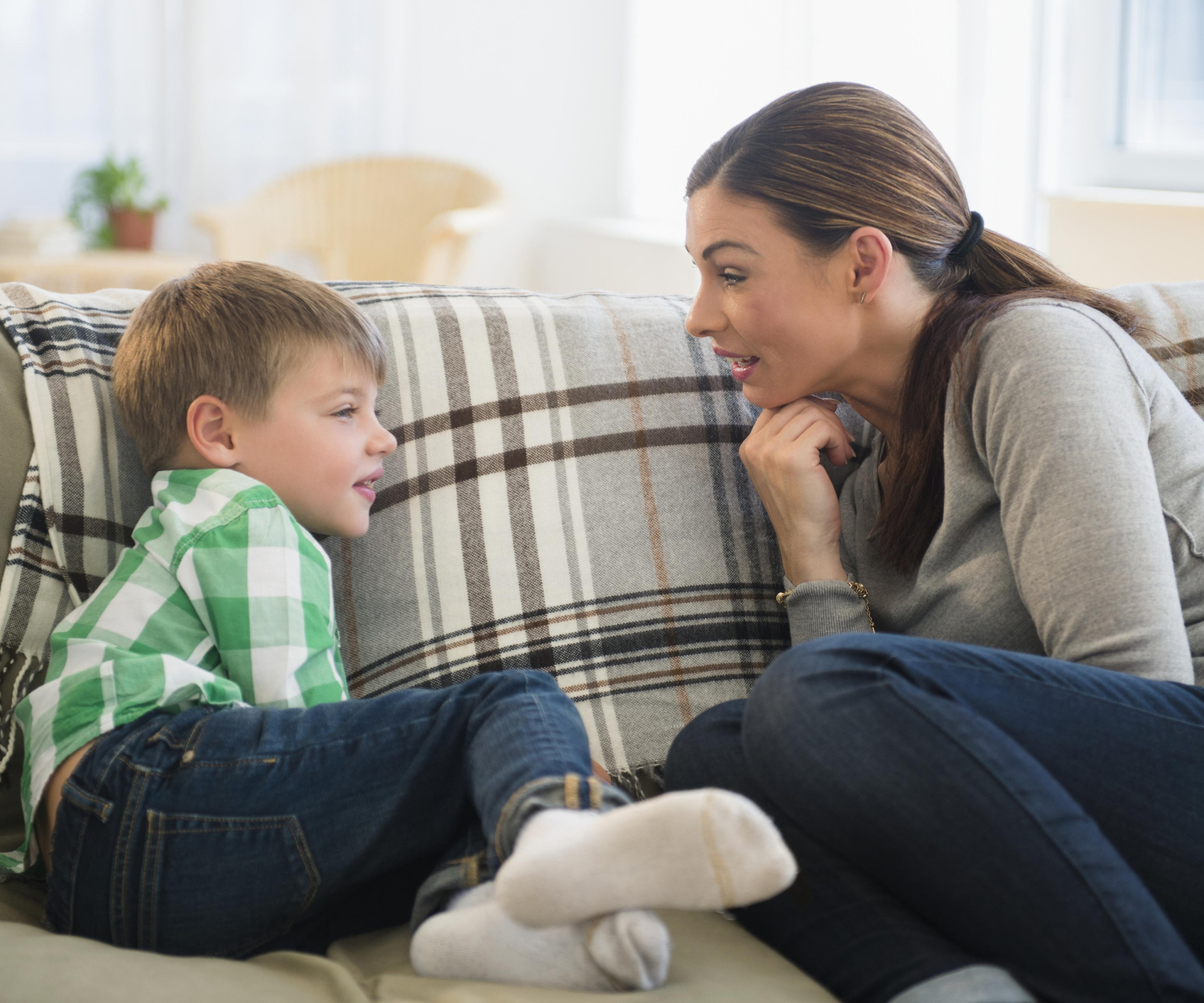Chances are, your kids probably spend a good portion of their time on YouTube.
And, while they’re probably watching harmless cat videos and celebrity interviews, YouTube has recently become home to a host of dangerous and disturbing ‘challenges,’ that are causing serious injury.
A YouTube challenge is usually a dare or task undertaken by someone, who then encourages or challenges other YouTubers to participate, seeing if they can complete it, and posting it to their followers. Some, like the ‘Boyfriend Does My Makeup’ challenge, or the ‘Chubby Bunny’ challenge are completely harmless, but others are becoming increasingly more dangerous.
The most recent craze, the ‘Tide Pod Challenge,’ where vloggers attempt to eat and swallow a laundry detergent pod, is the latest to spark health concerns.
The challenge has gone viral around the world, resulting in 39 cases of poisoning in the US in 15 days. The company behind the pods have been forced to release new campaign, warning people against eating their products and listing the various associated medical concerns.

Tide Pods.
But the ‘Tide Pod Challenge,’ is only the latest in a long string of worrying additions. The ‘Salt and Ice Challenge,’ where you apply salt to the skin and then mix it with ice and try to withstand the burning for as long as possible, resulted in cases of second- and third-degree burns.
The ‘Eye Shot Challenge’ involves taking a shot of alcohol through your eyeball, which results in an instant high, but has produced instances of cornea scarring and alcohol poisoning.
The ‘Fire Challenge,’ as idiotic as it sounds, involves pouring alcohol on your skin and lighting it on fire for your followers. Unsurprisingly, this resulted in second-degree burns for one young victim.
Post continues after video: Worrying ‘Kylie Jenner lip challenge’ sweeping the internet
It’s easy to assume these things are localised to the US, but a quick look on the video-hosting site proves that these challenges are being attempted by Aussie kids at increasingly frequent rates. Which is why it’s more important than ever to have a chat with your child about internet safety, peer pressure and not engaging in dangerous behaviour for views.
We spoke to Dr Kimberley O’Brien, Principal Child Psychologist the The Quirky Kid Clinic, about how to have a conversation that protects and educates your child about the real-life consequences of internet challenges.

Why do kids get involved in dangerous challenges?
“They think it will be fun,” Dr O’Brien tells Now To Love, “They’re watching the reaction of the kids in the video, and there’s lot of laughter and attention being given, it appeals to kids that want to get more attention from their peers.”
It may also be about gaining social status: “There’s a hierarchy in the workplace, in the classroom, in the schoolyard — there’s always some vying for the top spot by someone who is the biggest risk-taker, or the most out-going.”
What does it mean if my child is involved?
If you’ve discovered that your child is potentially involved in something like this, it can be quite a worrying experience. Dr O’Brien suggest it could be indicative of “low self-esteem, poor decision-making skills or a lack of insight into the consequences of these challenges.”
“I think it indicates a need for education around the facts — what the products are made from, or what would happen if you choked, etc. There needs to be more education from adults at school and at home.”
How do I prevent my kids from getting involved?
“It comes down to good supervision of kids when they’re online — putting the proper parental locks on YouTube, things like that. Also, having a close relationship with other adolescents so they might talk about these sorts of things, sometimes they do test out reactions before they go and try it out,” says Dr O’Brien.
“Keeping their friendship circles varied is good. Rather than investing all your time in the school-based friendships, it’s important to also invest time in local friendships around the neighbourhood and having contact with same-age cousins, friends from older neighbourhoods, old friends, etc. When you have different friendship groups, you can test out reactions from same-age peers and it doesn’t feel like a parent or a teacher telling you that it’s unsafe. It’s a good way to get different opinions on the same topic.”

How do I talk to my kids about internet safety and peer pressure?
It can be a tricky conversation to have, especially since it’s coming from a parent, which may seem overbearing or overly-protective to a teenager. Dr O’Brien advises to talk about it like you would any other risk-taking behaviour — just like you would talk to your child about running on slippery surfaces, or not eating dangerous foods.
“I would address this conversation like any other risk-taking behaviour. Parents are already comfortable talking about not diving into shallow water because you could end up in a wheelchair, or not inhaling toxins because you could get brain damage,” she says.
“Taking the approach of ‘I’ve seen this thing, it was really concerning and I’m concerned about the long-term consequences of something that might seem like fun but really is dangerous.’ Letting them know about the risks, letting them know that these things are out there online at the moment, and making sure they’re the person in their group letting people know that these things aren’t safe, are all important.”
How should I talk to my child if I’ve discovered they’re participating in dangerous internet behaviour?
Making sure that your child is surrounded by support and education is key, says Dr O’Brien. If you’ve found out that your kids are potentially getting involved in concerning behaviour, talk to friends, family, and their school.
“I would get a support team in place, talk to the year coordinator at the school, maybe suggest an education session at school on risk-taking behaviour for everyone, so it’s not just mum having the conversation.”
But, if you are concerned for their safety and health, it’s not Dr O’Brien suggests investigating some professional help, where your child can talk freely and openly about their behaviour and get helpful tips and education on going forward.
.jpg)

